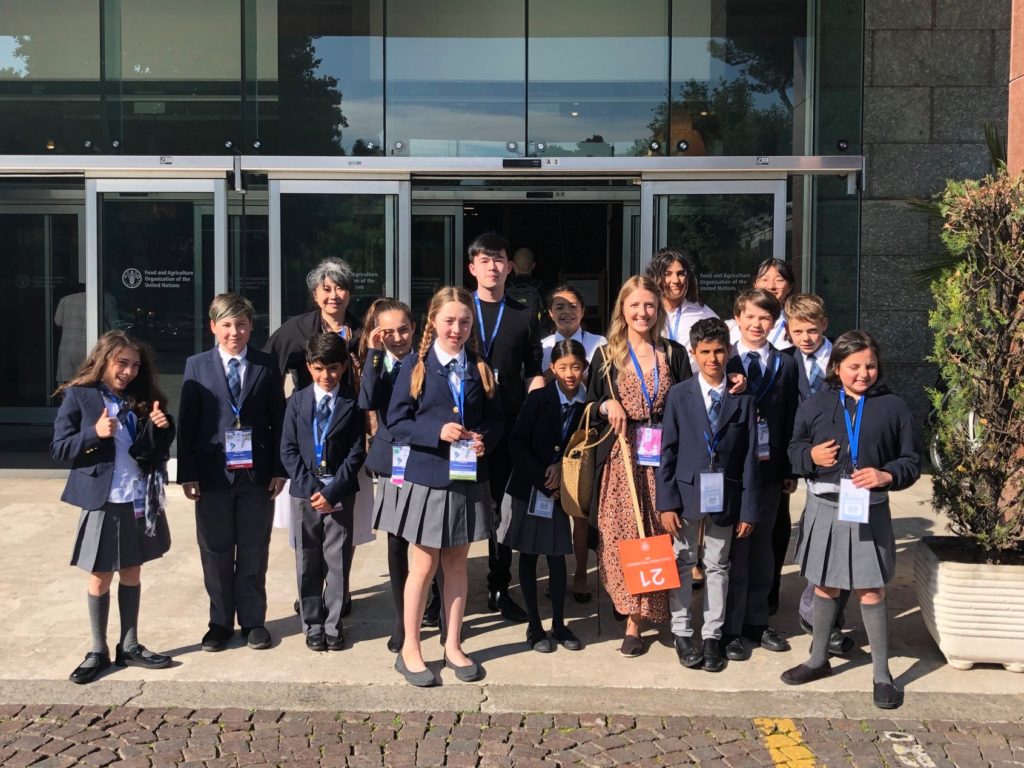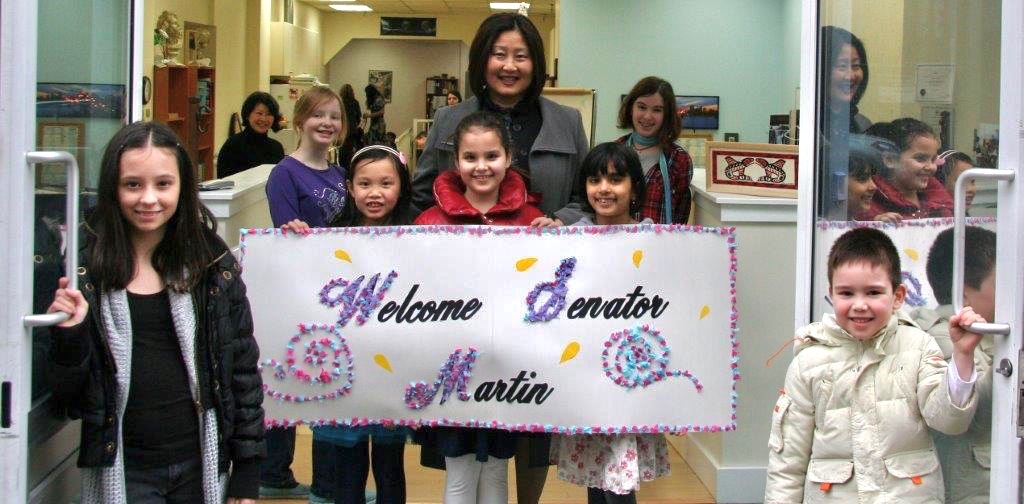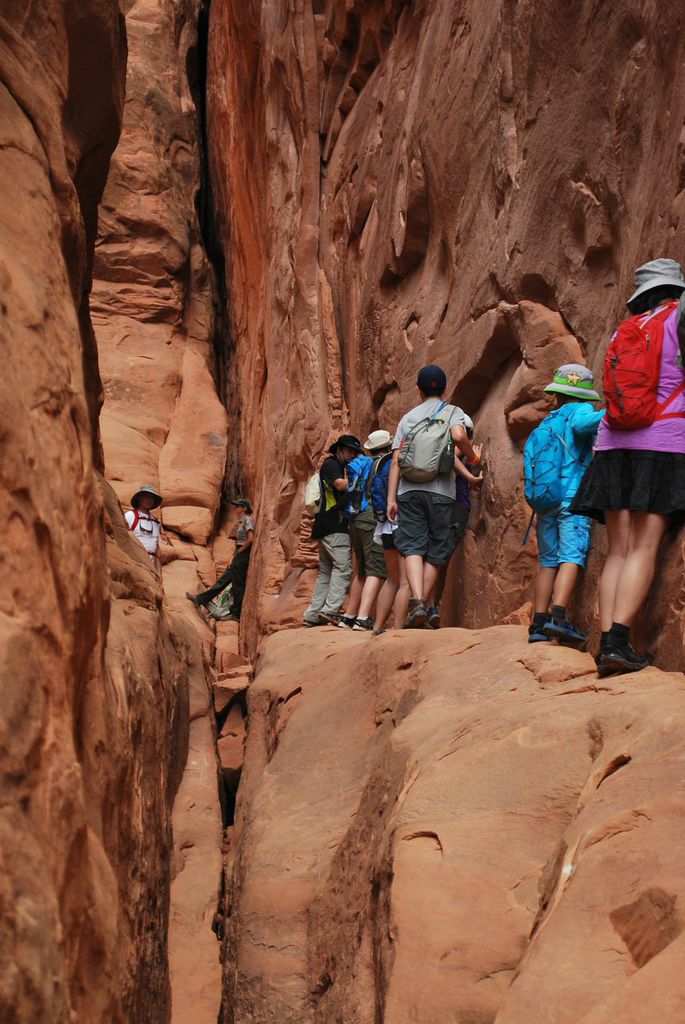 Montessori education places an emphasis on open-ended inquiry. As part of this, students at LGMS are given opportunities to connect with their studies first hand. The “Going Out” aspect of our program makes use of community resources beyond the four walls of the classroom.
Montessori education places an emphasis on open-ended inquiry. As part of this, students at LGMS are given opportunities to connect with their studies first hand. The “Going Out” aspect of our program makes use of community resources beyond the four walls of the classroom.
Our students attended their first Montessori Model United Nations conference in New York City in 2011. Since then, students have participated every two years (except when travel restrictions were in place due to COVID19). Amongst over 2,000 other Montessori students from around the world, they explore, debate, seek consensus to pertinent issues affecting our world, and vote on proposed resolutions in the General Assembly Hall of the United Nations Headquarters. In 2024, students represented Ukraine and Bhutan, and like our pre-COVID experience at the conference in Rome, two of our students were selected to present their committee’s resolutions for the closing remarks!
Countries that they’ve represented in the past include India, Uganda, Yemen, Argentina, Serbia, the Dominican Republic, The Sudan, Ethiopia, Cuba, Bhutan, Ukraine, and of course, our very own Canada. We hope that the whole experience, especially the opportunity to sit as Ambassadors in the General Assembly Hall at the United Nations Headquarters in New York City inspires them to be change-makers for their generation!
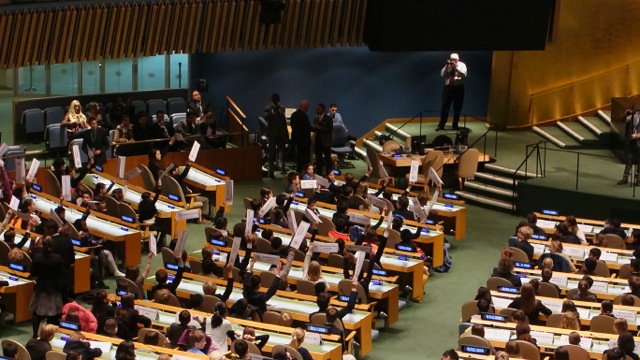
UN General Assembly Vote
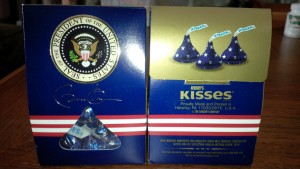 In 2015, we extended our New York trip to include a visit to Philadelphia and Washington DC. We were even treated to a bowling and pizza party at the White House Truman Lanes and were gifted with special White House “Kisses” from the administration. Sights explored included a visit to Mount Vernon, and Old Town Alexandria. Our students returned home with a deeper appreciation for US/Canadian relations and history as well as a greater perspective on the settlement of this continent by early European explorers.
In 2015, we extended our New York trip to include a visit to Philadelphia and Washington DC. We were even treated to a bowling and pizza party at the White House Truman Lanes and were gifted with special White House “Kisses” from the administration. Sights explored included a visit to Mount Vernon, and Old Town Alexandria. Our students returned home with a deeper appreciation for US/Canadian relations and history as well as a greater perspective on the settlement of this continent by early European explorers.
Past highlights include visits with Senators Yonah Martin and Yuen Pau Woo, Olympic Figure-Skating medallist, Patrick Chan and excursions to Quebec City as well as Arches, Mesa Verde and the Grand Canyon national parks.
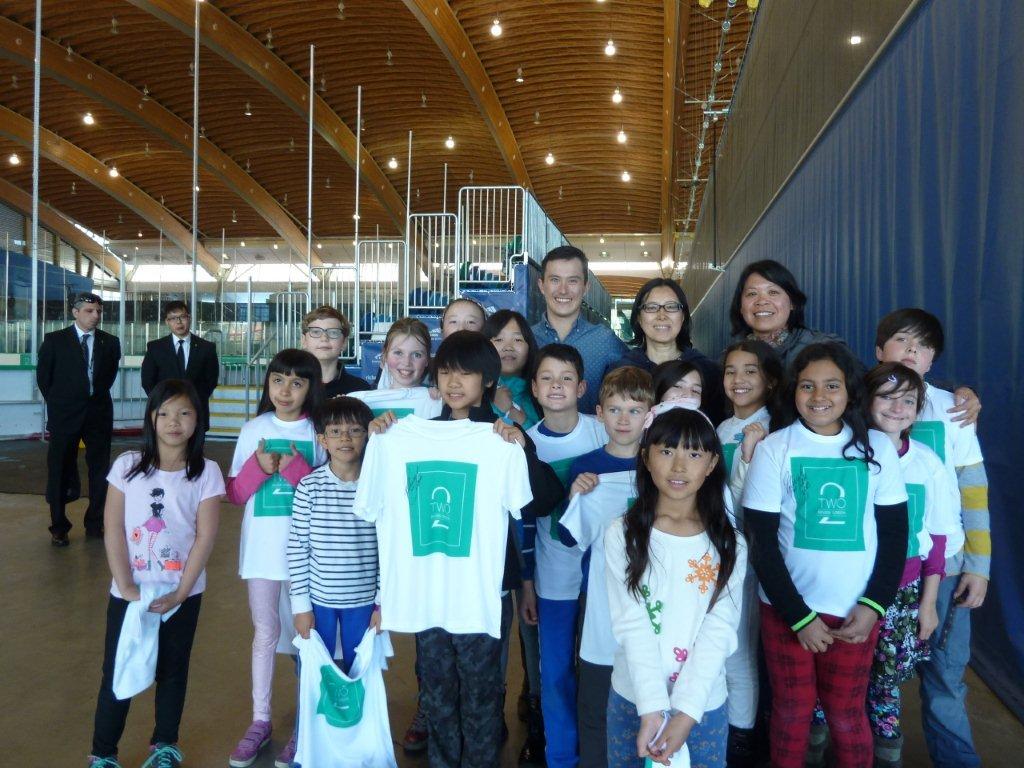
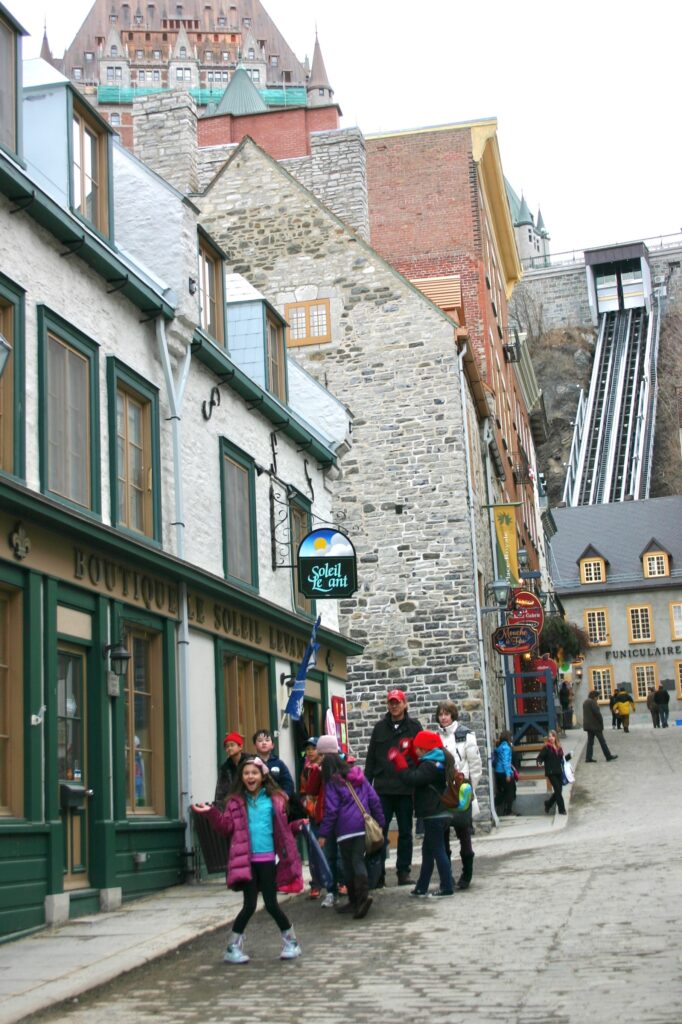
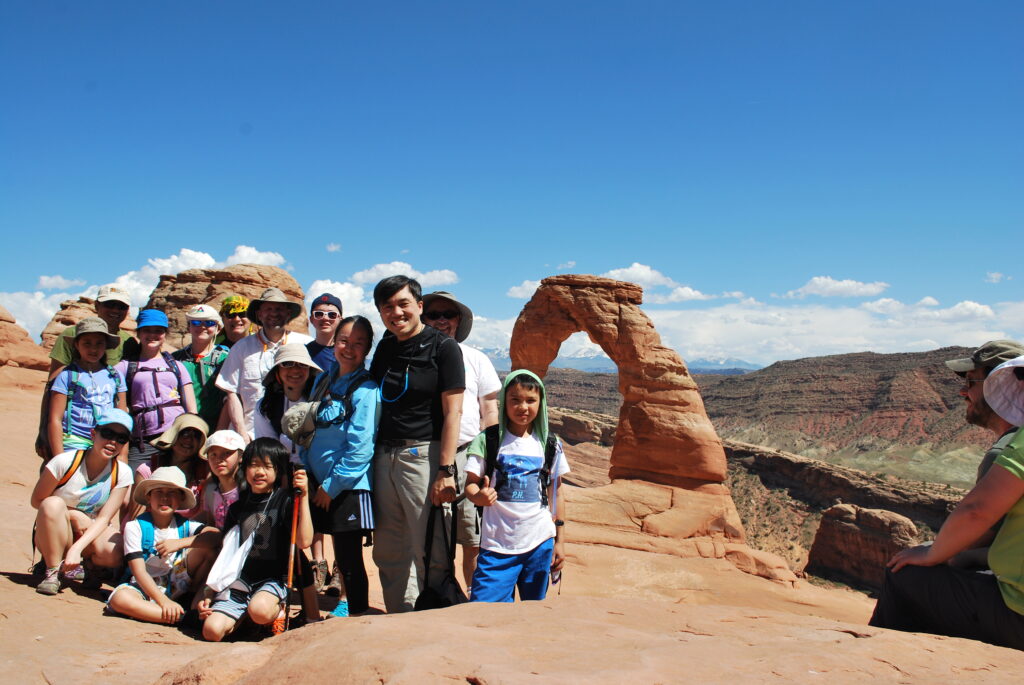
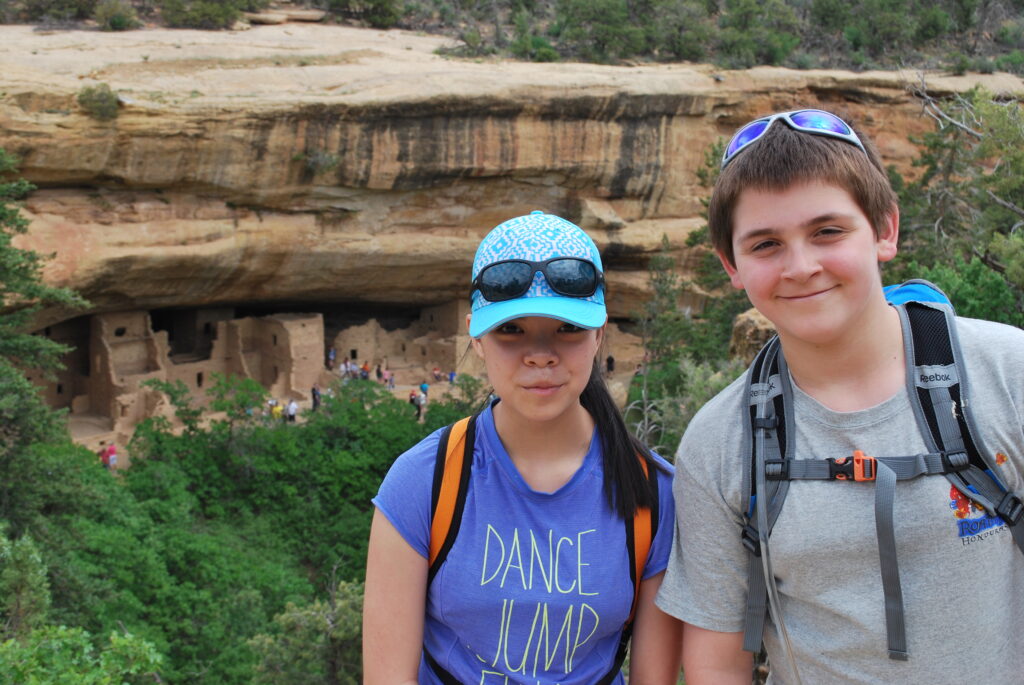
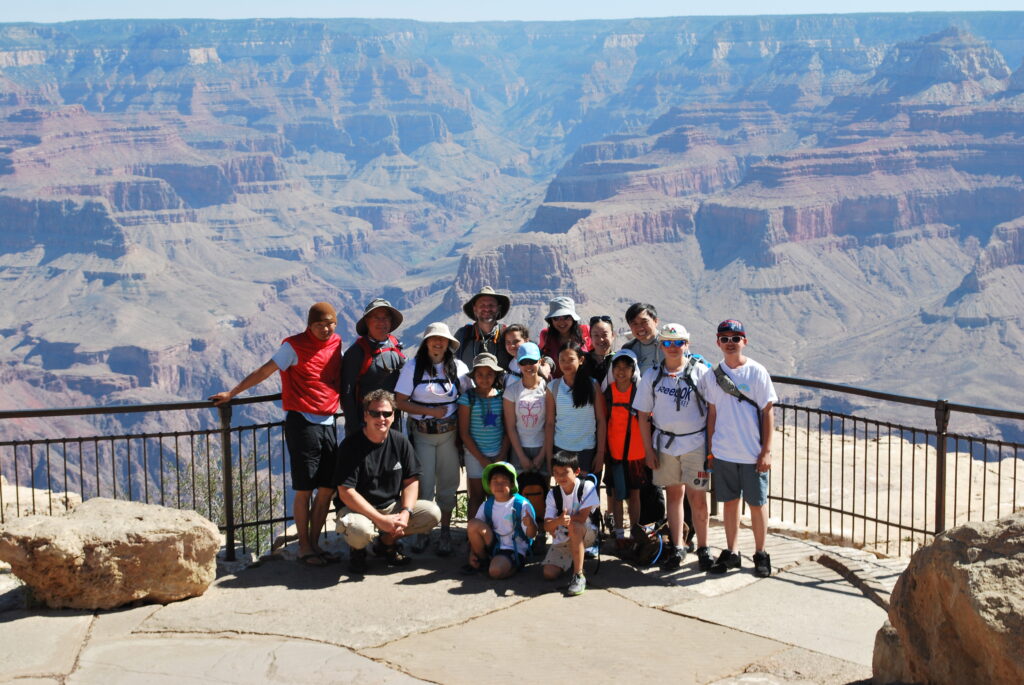 Younger elementary students also have the opportunity to visit local sites including the province’s Legislative Assembly in Victoria and even enjoy their very own “away from home” experience with sleepovers at school! What can be more fun than to spend a night enjoying popcorn, movies, and games with just about all your friends (and teachers) capped off with a pancake breakfast in the morning?
Younger elementary students also have the opportunity to visit local sites including the province’s Legislative Assembly in Victoria and even enjoy their very own “away from home” experience with sleepovers at school! What can be more fun than to spend a night enjoying popcorn, movies, and games with just about all your friends (and teachers) capped off with a pancake breakfast in the morning?
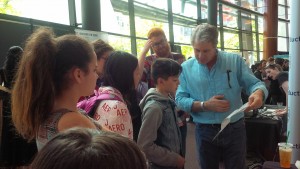
Each year, students also attend workshops at the Reel2Real Youth Film Festival and view local and international films. Some workshops that our students have participated in include stop motion, animation, and story-boarding. Young adolescent students may also spend an additional full day at the festival’s Youth Media Conference to explore a variety of issues related to digital literacy by attending interactive presentations as well as speaking to industry experts. Some key points that we’ve highlighted include how to be responsible digital citizens through the acquisition of digital literacy skills – how to create and share messages, use language, graphic design, sound, and moving images. It is our hope that developing these skills will be invaluable for their present and future contributions in our own communities and beyond. In the past, one of the youngest participants, was tenacious enough to visit every booth at the Behind the Scenes Expo and won the grand prize draw – a Rode iXY Microphone (its lightning fast connector attaches to an iPhone to collect studio quality sound while on-the-go)!
We’ve even hosted grade 10 Montessori students from Puerto Rico and treated them to a Canadian BBQ lunch, serenaded them with their “garage band” tunes and gave them a tour of our Richmond orchard and adjacent Tibetan Monastery down the road, where our students (and Mr Lyle) were able to share and compare agricultural knowledge and practices.
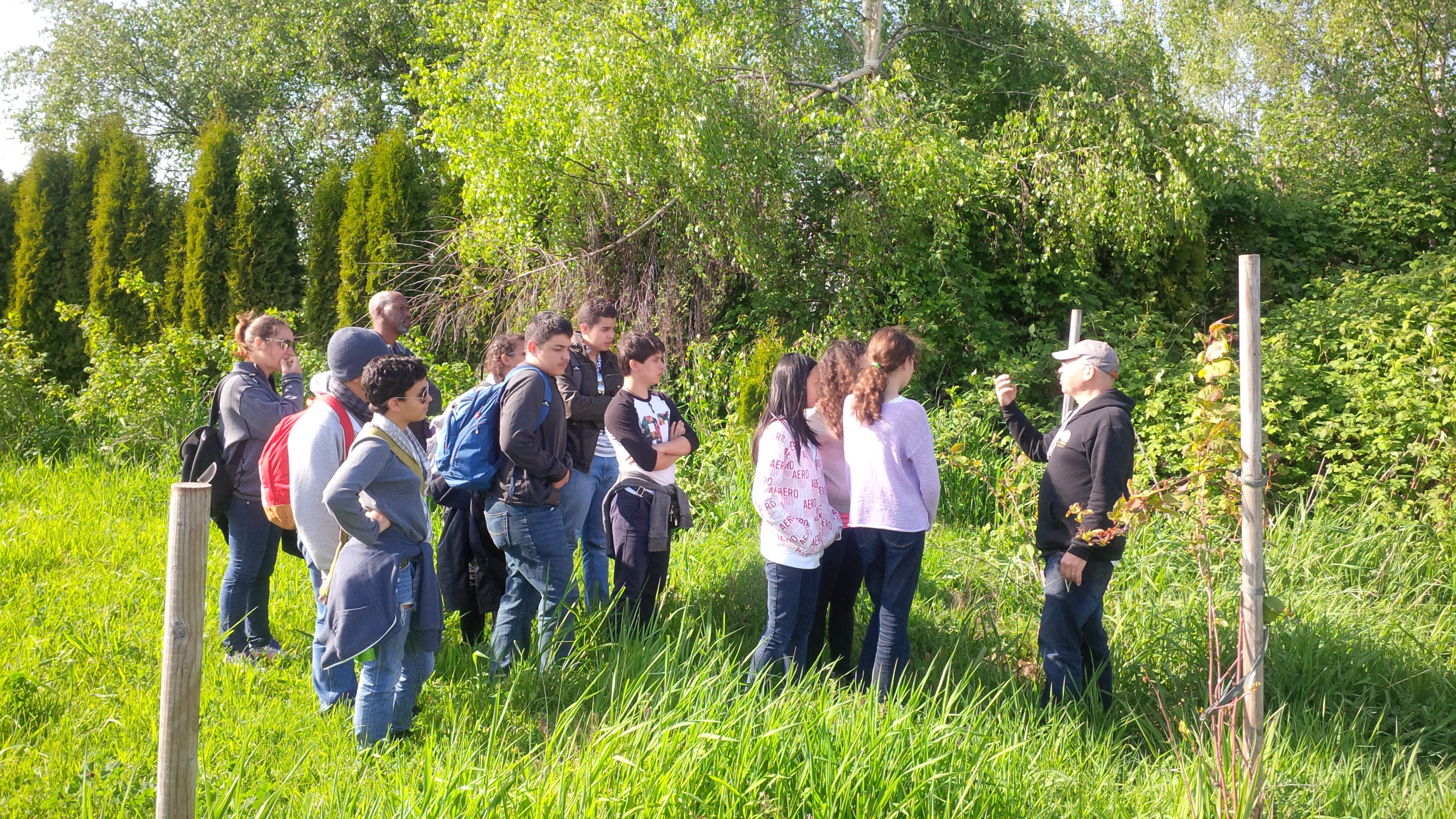
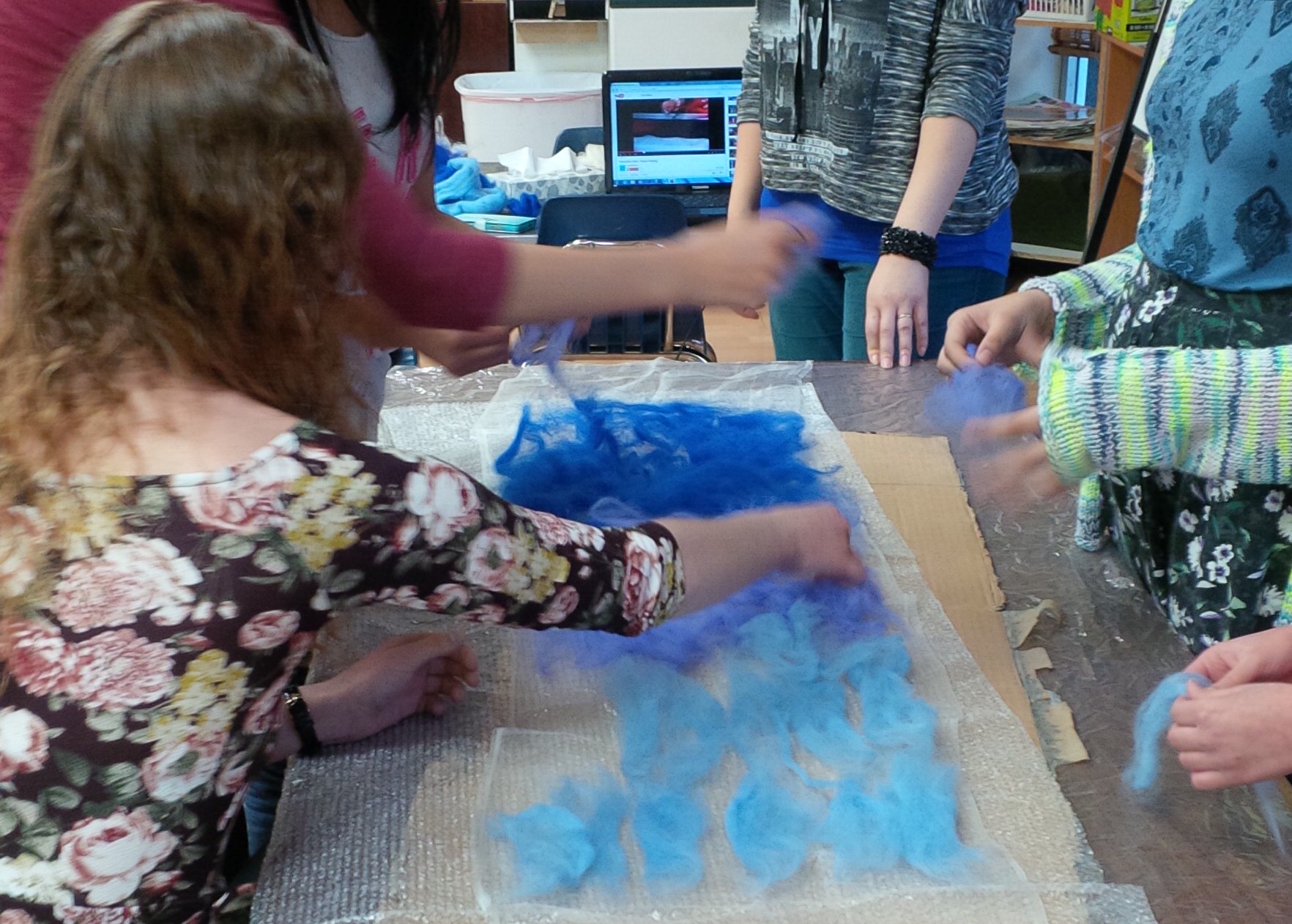 The harvesting of our vegetables, fruits, flowers, herbs and honey have led to numerous projects and crafts that include the making of lip balm, skin salve, and essential oils. Other handicraft activities have included workshops on nano-felting, knitting, and looming, which have resulted in the production of beautiful scarves and neck warmers for sale at our Winter Craft Fairs as well as gifts for parents!
The harvesting of our vegetables, fruits, flowers, herbs and honey have led to numerous projects and crafts that include the making of lip balm, skin salve, and essential oils. Other handicraft activities have included workshops on nano-felting, knitting, and looming, which have resulted in the production of beautiful scarves and neck warmers for sale at our Winter Craft Fairs as well as gifts for parents!
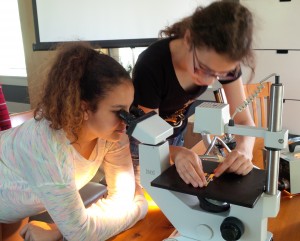 Students also participate in science activities at the Space Centre, Science World, and in the classroom. Our school team took home the Silver, Most Innovative, and as well as Most Creative awards at the BC Science Games when they were held using the school team competition format. One of our regular visiting scientists is Dr Scott Pownall, a founding member of Vancouver’s first community bio-lab, The Open Science Network Society. Topics that are studied on a ongoing basis include the biology of plants and animals, the planets, geology, and the study of cells. In previous years, students even attended a workshop on DNA at the American Museum of Natural History in New York City and learned how to extract their own DNA.
Students also participate in science activities at the Space Centre, Science World, and in the classroom. Our school team took home the Silver, Most Innovative, and as well as Most Creative awards at the BC Science Games when they were held using the school team competition format. One of our regular visiting scientists is Dr Scott Pownall, a founding member of Vancouver’s first community bio-lab, The Open Science Network Society. Topics that are studied on a ongoing basis include the biology of plants and animals, the planets, geology, and the study of cells. In previous years, students even attended a workshop on DNA at the American Museum of Natural History in New York City and learned how to extract their own DNA.
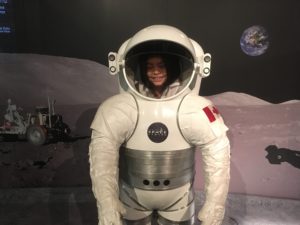 One popular area of study is extra-terrestrials! Our students are fascinated by how scientists are able to use instruments on earth to discover possibilities of life on other planets. Visits to the Space Centre have inspired our students to appreciate how astronomers are dedicated to hunting for new planets. They also love visiting the centre’s hands-on gallery to physically experience space, and the possibilities of alien existence. Many students were particularly interested in understanding the chances of contacting intelligent life!
One popular area of study is extra-terrestrials! Our students are fascinated by how scientists are able to use instruments on earth to discover possibilities of life on other planets. Visits to the Space Centre have inspired our students to appreciate how astronomers are dedicated to hunting for new planets. They also love visiting the centre’s hands-on gallery to physically experience space, and the possibilities of alien existence. Many students were particularly interested in understanding the chances of contacting intelligent life!
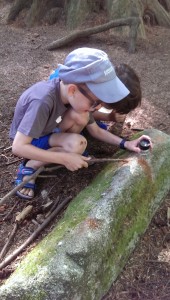 Students also pay regular visits UBC’s Beaty Diversity Museum, Botanical Garden, and Museum of Anthropology. At one of our visits, students enjoyed a beautiful, guided nature walk, and experienced first hand, how everything from insignificant tiny insects to fallen leaves contribute to an ecosystem. While on the walk, they stirred up nutritious “pond soup”, and served it to the trees! Inside the museum, students learned how specimens are collected, studied and eventually released back to their native environments. They also compared structures and behaviours of local animals and plants in different habitats and communities, learning how organisms adapt to their environments as well as how different organisms support each other through food webs, ecosystems and survival needs. Discovering the different kingdoms of life was especially interesting! Some students transformed transformed themselves into little brown bats and learned how to survive in the wilderness! The whole group left with a greater understanding of, and appreciation for, the role diversity plays in our natural world.
Students also pay regular visits UBC’s Beaty Diversity Museum, Botanical Garden, and Museum of Anthropology. At one of our visits, students enjoyed a beautiful, guided nature walk, and experienced first hand, how everything from insignificant tiny insects to fallen leaves contribute to an ecosystem. While on the walk, they stirred up nutritious “pond soup”, and served it to the trees! Inside the museum, students learned how specimens are collected, studied and eventually released back to their native environments. They also compared structures and behaviours of local animals and plants in different habitats and communities, learning how organisms adapt to their environments as well as how different organisms support each other through food webs, ecosystems and survival needs. Discovering the different kingdoms of life was especially interesting! Some students transformed transformed themselves into little brown bats and learned how to survive in the wilderness! The whole group left with a greater understanding of, and appreciation for, the role diversity plays in our natural world.
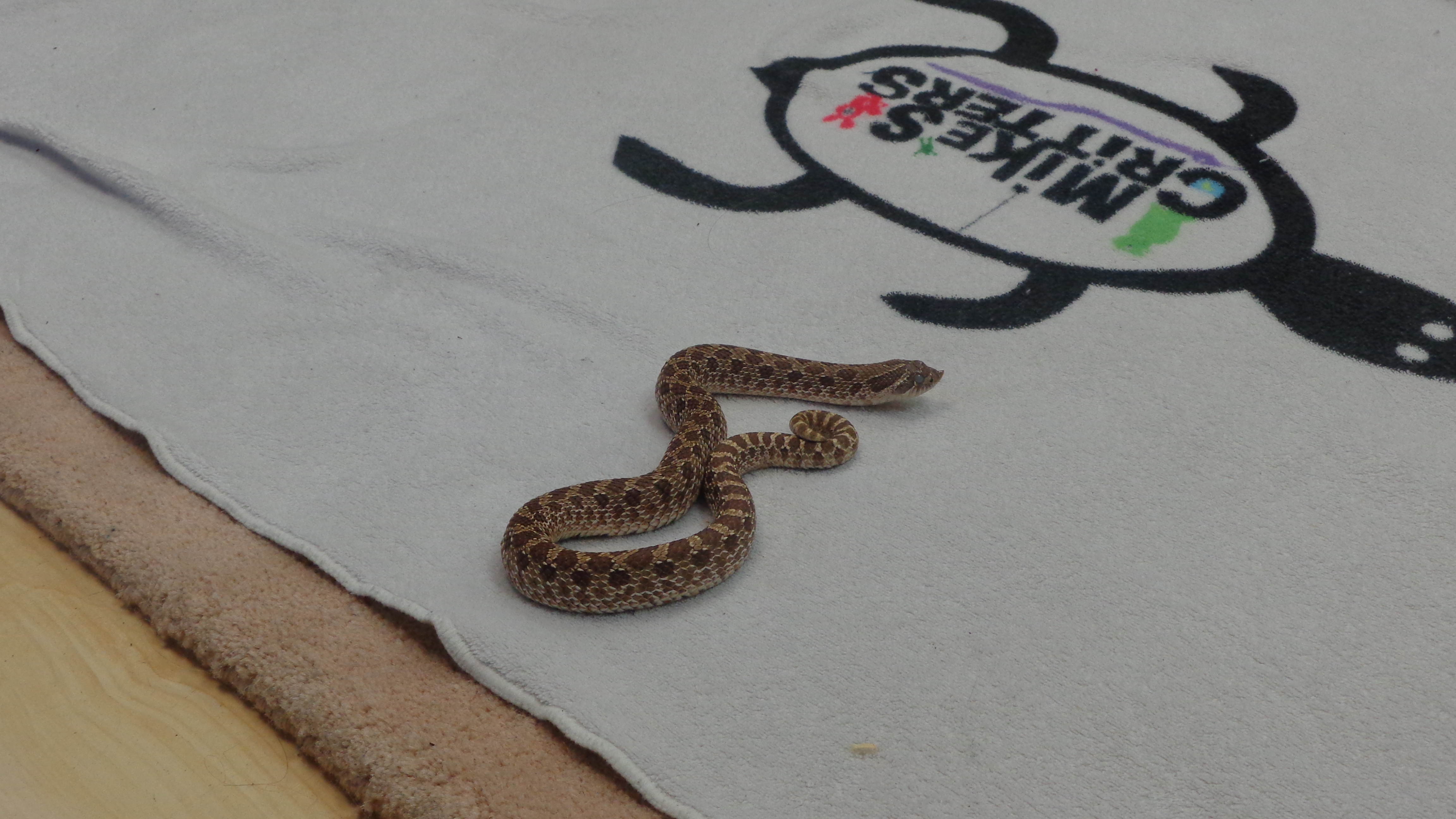 Students of all ages are equally enthralled by our annual visit with Mike’s Critters. The students enjoy applying their knowledge of animal classification and practicing their ability to distinguish his creatures’ phylum, order, family, genus, and species. The students have had the opportunity to be up front and personal with such critters as a Chilean tarantula, a panda hamster, a Halloween crab, a newt, and a tortoise – animals that all belong to different families. Our students are already looking forward to another visit with Mike and his critters next year!
Students of all ages are equally enthralled by our annual visit with Mike’s Critters. The students enjoy applying their knowledge of animal classification and practicing their ability to distinguish his creatures’ phylum, order, family, genus, and species. The students have had the opportunity to be up front and personal with such critters as a Chilean tarantula, a panda hamster, a Halloween crab, a newt, and a tortoise – animals that all belong to different families. Our students are already looking forward to another visit with Mike and his critters next year!
Although much of our activities were curtailed due to COVID restrictions, we were able to host a talk by Dr. Joe Parent on via Zoom as part of the province’s early learning initiatives. Dr. Parent shared insights from his book, A Walk in the Wood: Meditations on Mindfulness with a Bear Named Pooh offering delightful stories with Winnie the Pooh and his friends for both parents and children to explore together. A copy of the book was gifted to all Primary families with thanks to funding from the province’s Ready, Set, Learn program.
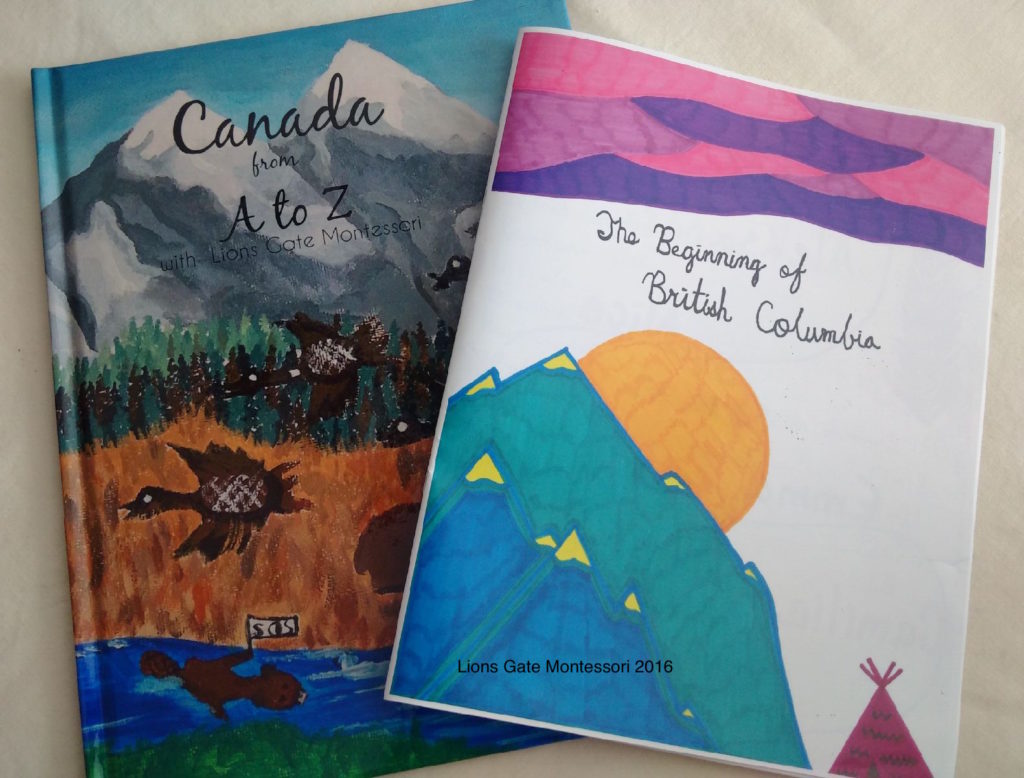 Students published their own “Canada A to Z” alphabet book highlighting Canadian words, phrases, places and people. Upper Elementary students also made their own book on the history of BC. As part of their studies on history and culture, students visit museums, heritage sites and connect with elders of Indigenous and members communities near and far. They research why people migrate and how countries like Canada are enriched by it; they enjoy sharing their ancestry and comparing about how different and interesting their individual cultures can be. Through these lessons, the students realize that despite the differences, the needs of people are similar, and we’re all able to take part in contribute to the well-being of communities near and far.
Students published their own “Canada A to Z” alphabet book highlighting Canadian words, phrases, places and people. Upper Elementary students also made their own book on the history of BC. As part of their studies on history and culture, students visit museums, heritage sites and connect with elders of Indigenous and members communities near and far. They research why people migrate and how countries like Canada are enriched by it; they enjoy sharing their ancestry and comparing about how different and interesting their individual cultures can be. Through these lessons, the students realize that despite the differences, the needs of people are similar, and we’re all able to take part in contribute to the well-being of communities near and far.
-Riza Weinstein

